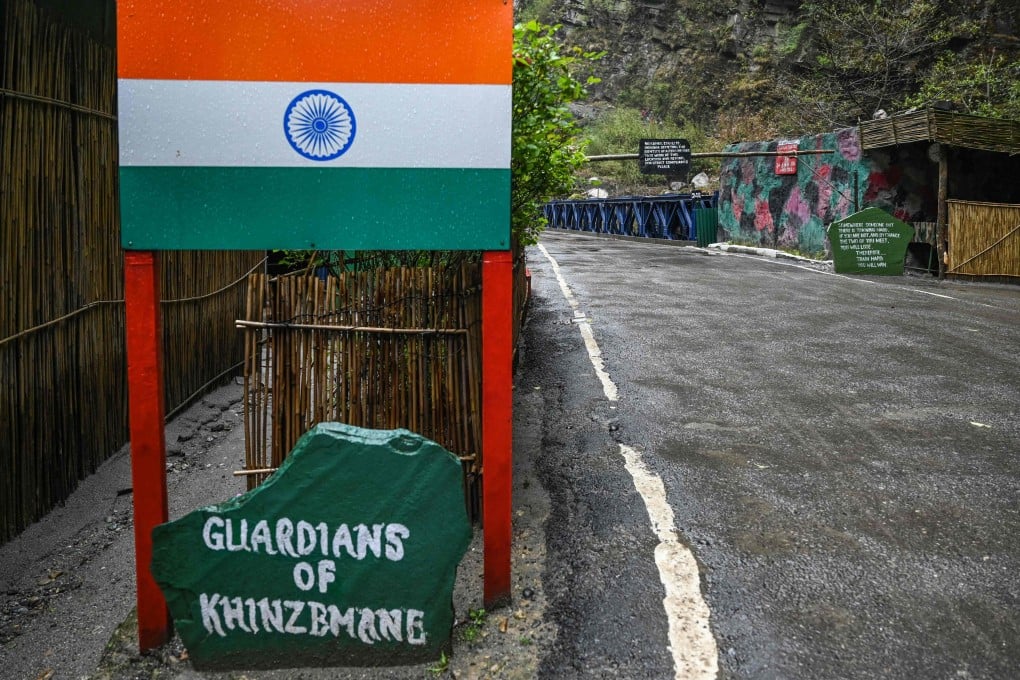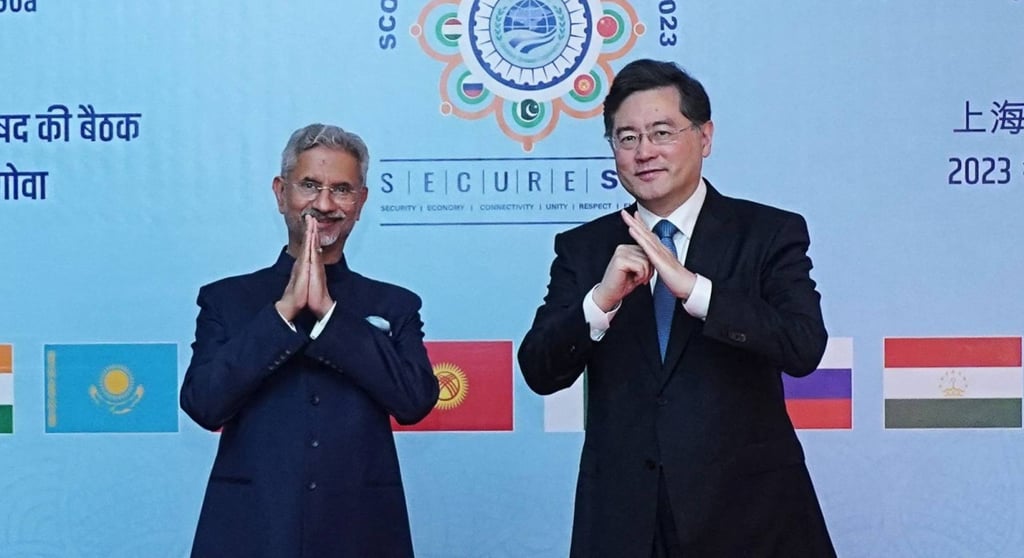Advertisement
China-India ‘disconnect’ could fuel ‘summer of discontent’ along disputed border
- China-India relations are ‘not normal’, says minister S Jaishankar, despite Beijing’s insistence the border situation is ‘generally stable’
- New Delhi’s stance is likely to harden further given Beijing’s reluctance to work towards a resolution and recent attempts to assert its influence in the region
Reading Time:4 minutes
Why you can trust SCMP
17

A “summer of discontent” could be brewing along India’s border with China, analysts have warned, with disagreements between the neighbours and growing geopolitical rivalry in the region fuelling a possible escalation in military activity.
Since deadly clashes broke out in 2020 along the Line of Actual Control (LAC), attempts by New Delhi and Beijing to defuse the tensions have floundered. While some troops were withdrawn from a few points along the roughly 3,500km-long border, negotiations to effect a similar resolution in Demchok and Depsang, in India’s Ladakh region, have hit a wall since September last year.
Amid the ongoing row, the nations’ top diplomats have offered vastly different assessments of the border crisis.

In late April, China’s Defence Minister General Li Shangfu said the border situation was “generally stable” and that both sides had maintained communication through military and diplomatic channels.
“Generally stable” was also how China’s Minister of Foreign Affairs Qin Gang termed the border situation on May 4 in his meeting with India’s External Affairs Minister S Jaishankar, adding that the two countries had to “draw lessons from history and steer bilateral relations from a strategic and long-term perspective”.
India’s response suggested New Delhi’s reading of the events differed greatly.
“I have made it very clear, publicly as well, that China-India relations are not normal and cannot be normal if peace and tranquillity in the border areas are disturbed,” Jaishankar said after his meeting with Qin, held on the sidelines of the Shanghai Cooperation Organisation’s Council of Foreign Ministers.
Advertisement